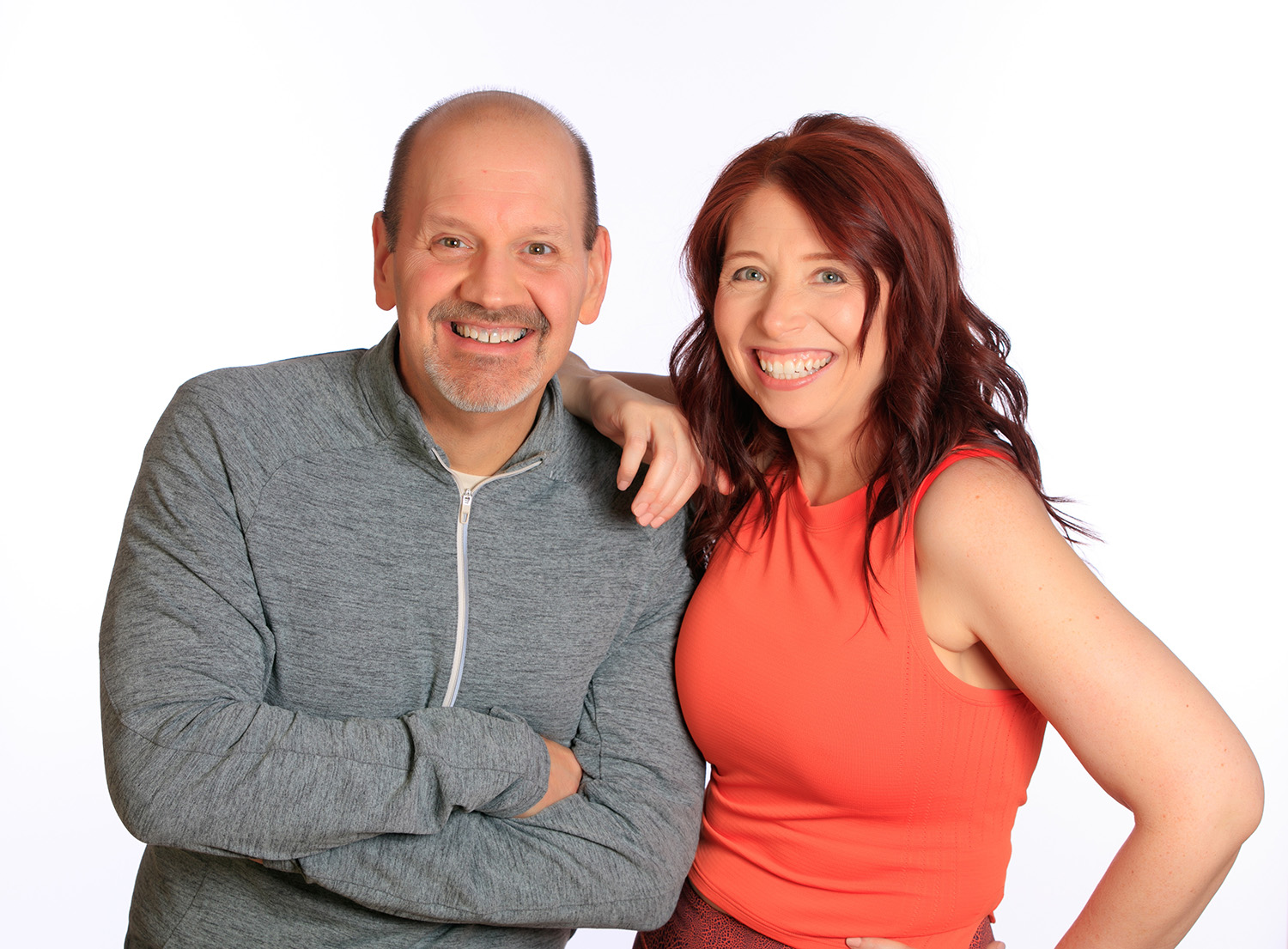So you want to buy some Peloton IPO shares…. here’s what you need to know!
Many Clip Out listeners have expressed interest in buying Peloton IPO shares on their own. Of course, it isn’t as simple as going to the stock store and buying shares. Unfortunately, we’re not knowledgeable enough to explain it in terms everyone can understand. Or terms anyone can understand. Or terms that we can understand. We are certainly not experts. That’s what we’re getting at. In fact, we are so “not-experts” that (SURPRISE!) here’s a legal disclaimer: This information is provided for informational purposes only. It should not be considered legal or financial advice. You should consult with an attorney, financial advisor, or other professional to determine what may be best for your individual needs.
Ok, thank goodness that’s over.

Fortunately, Tiffany reached out to us with a detailed explanation. More importantly, she explained it in a way that “regular people” can understand. However, please note: that this post is the bare-bones way of understanding the IPO process in general and should not be used as financial advice. (Seriously, understand that. Don’t make us post the disclaimer again. Cuz, we’ll do it!) Everyone should speak to their financial professional for guidance! And guess what, Peloton is expected to begin trading on 9/26/19, according to a published article from Investor Business Daily, so hopefully you can move through these steps quickly if you are still looking to buy!
Tiffany provided some background about herself so you can read up on her expertise. These are her direct words: “I work in financial planning for a very well-known brokerage firm. Before working as an advisor, I worked as an equity, options and mutual fund trader for the same firm. I was working as a trader when Facebook had its IPO. While working through that IPO, I learned that the average investor does not know much about that actual process and was often upset when they learn it is not as straightforward as raising your hand and saying ‘hey, I’d like to buy some shares in this IPO.’ ” After reading this, I knew Tiffany GETS us and so many of you who have been reaching out.
Peloton IPO shares
Here are the steps Tiffany spells out (these steps are based off the Securities Exchange Act of 1934):
Contact a brokerage firm to buy Peloton IPO shares
I highly recommend anyone interested in attempting to get shares in this IPO contact their brokerage firm and learn that firms process and policies sooner rather than later.
- Not all firms are selected to participate in every IPO
- A lot of firms have minimums they require their clients to meet to even allow them to try to participate
- For example, one firm requires individual clients to have 100k or 500k with the firm (dependent on the specific IPO) or trade at least 36 times per year. Each participating firm can choose
Officially enter your “indication of interest”
The next step is to officially enter your “indication of interest” or the number of shares you are requesting. Typically, it’s in round lots of 100 shares. Each firm dictates how to do that and what the time frames are, so when you are contacting your brokerage firm, ask about this. It is important to note: the window to enter your interest ranges from 1 day to 3 weeks. Given how quickly this IPO could go, you would need to do this right away!
Wait for the SEC to declare the offering
Next – wait! The SEC needs to declare the offering effective before you do anything else. Once the SEC marks the offering effective, the shares are priced. Once shares are priced, you must go back to your firm and “confirm the indication of interest”. There is typically a very small window for someone to go in and confirm your indication. When you call your brokerage firm, be sure and ask this as well.
Next? Hope for the best
Shortly after the security is priced and marked effective by the SEC, the shares are allocated to participating firms. Once allocated, the firm deposits the shares in their individual clients’ accounts. If the confirmed interest is greater than the amount allocated to the firm, the firm then has discretion on who gets shares and who does not. This is the frustrating part. Typically, the better of (better off?) the client, the more likely they are to get shares in the amount they requested. If you have never purchased before, and it’s going to be you against someone who purchases often – you are going to lose out. It’s also important to note that the final prospectus will outline what percentage shares available will be set aside for institutional investors (think hedge funds, mutual funds, etc.) and retail (individual) investors. Having a 90/10 ratio is not uncommon. This final prospectus will be available once the SEC has declared the investment effective.
Tiffany gives an example of just how against you the odds can be. “With the Facebook IPO, I saw a client who had 100 million dollars with us only get allocated with 100 shares, if I remember correctly he requested 1000”.
(Hey, Tiffany, does the client want to invest a podcast? Or are they adopting…full-grown adults?)
Tiffany sums up: There is no guarantee that if you did all the above steps that you’ll be allocated shares. An offering that has share requests 2-3x more than what is available is considered a “good IPO”.
What if you don’t get the shares in the Primary Market? Are you out of luck?
The above-outlined steps are how to participate in the actual Initial Public Offering. Most of us will not get shares in the actual IPO.
So how then? Most people will get them in the secondary market (normal stock market) the day of the IPO shares are allocated.
Once shares are allocated to investors and the stock market opens, they will almost immediately be able to be bought and sold by anyone interested. Once the shares are trading on the secondary market you can buy shares in any whole number amount. You can do this by calling your broker or more commonly, using their website or app. When buying shares, you can place either a “market order” or a “limit order”. When placing a market order, you are saying I want to buy X number of shares at whatever the market is currently trading at. The pro of this order type is you will almost immediately get shares. The con is you don’t know how much you will be paying for them until the order is complete. This can be very risky in a volatile market. When placing a limit order, you are saying, I want to purchase X number of shares for X amount per share. The pro of this order type is you know exactly how much (or better) you will be paying. The con is that you don’t know exactly when the market will be willing to sell to you at your requested price.
So is it BEST to get your shares in the IPO?
It depends. People get excited about getting shares through an IPO because there is a thought that they will be cheaper to get through the offering and then they will be able to sell them at a higher price through the stock market. Sometimes this is true, sometimes it is not. The first several days of trading a new stock can be volatile as the market adjusts the stock to “proper” price.
Just like when deciding to purchase any other investment, it is important to speak with your financial advisor to ensure that investing in Peloton IPO shares aligns with your specific risk tolerance, time horizon and goals, as well as makes sense within the context of your overall financial plan.

Subscribe
Keep up with all the Peloton news!








